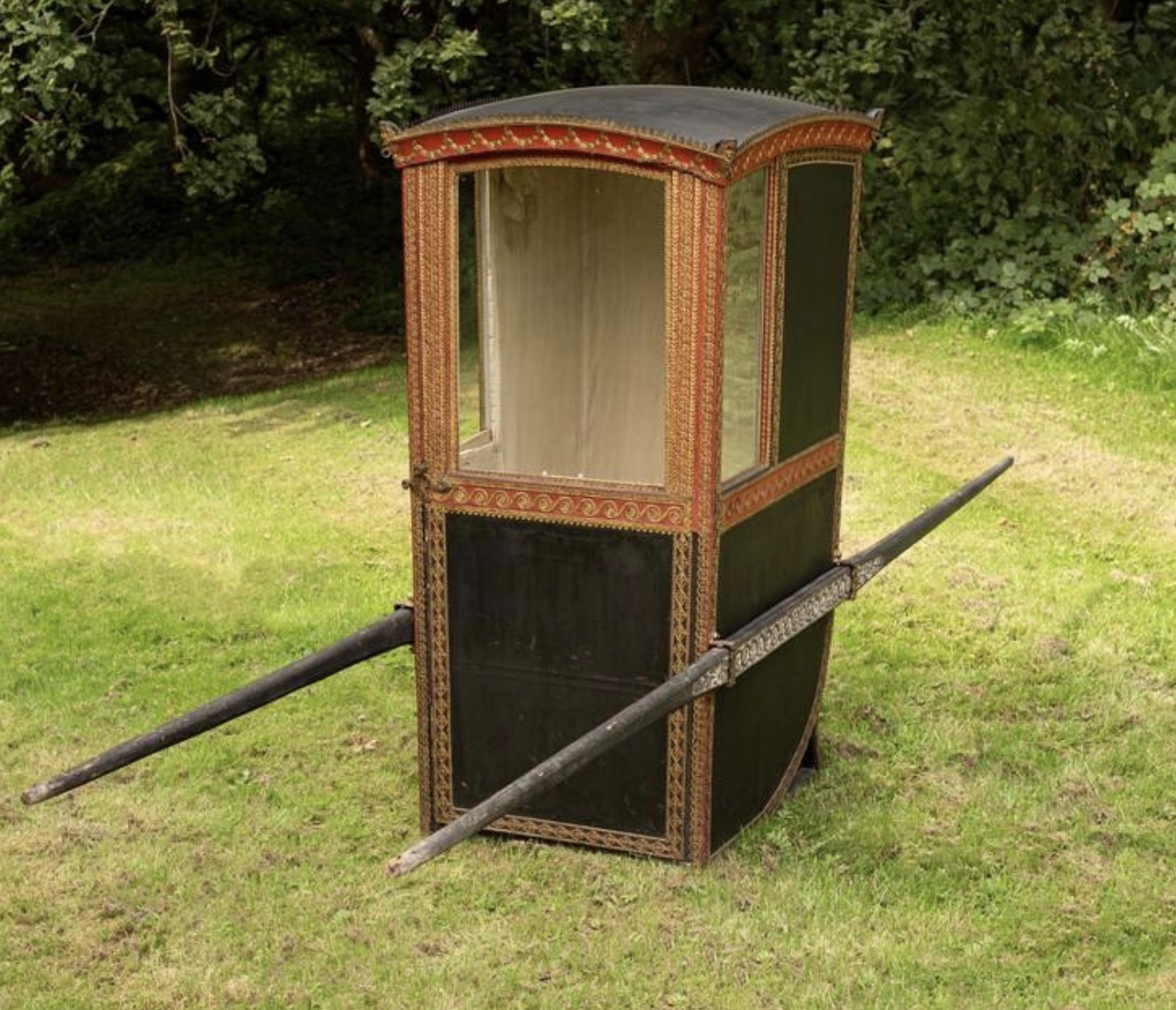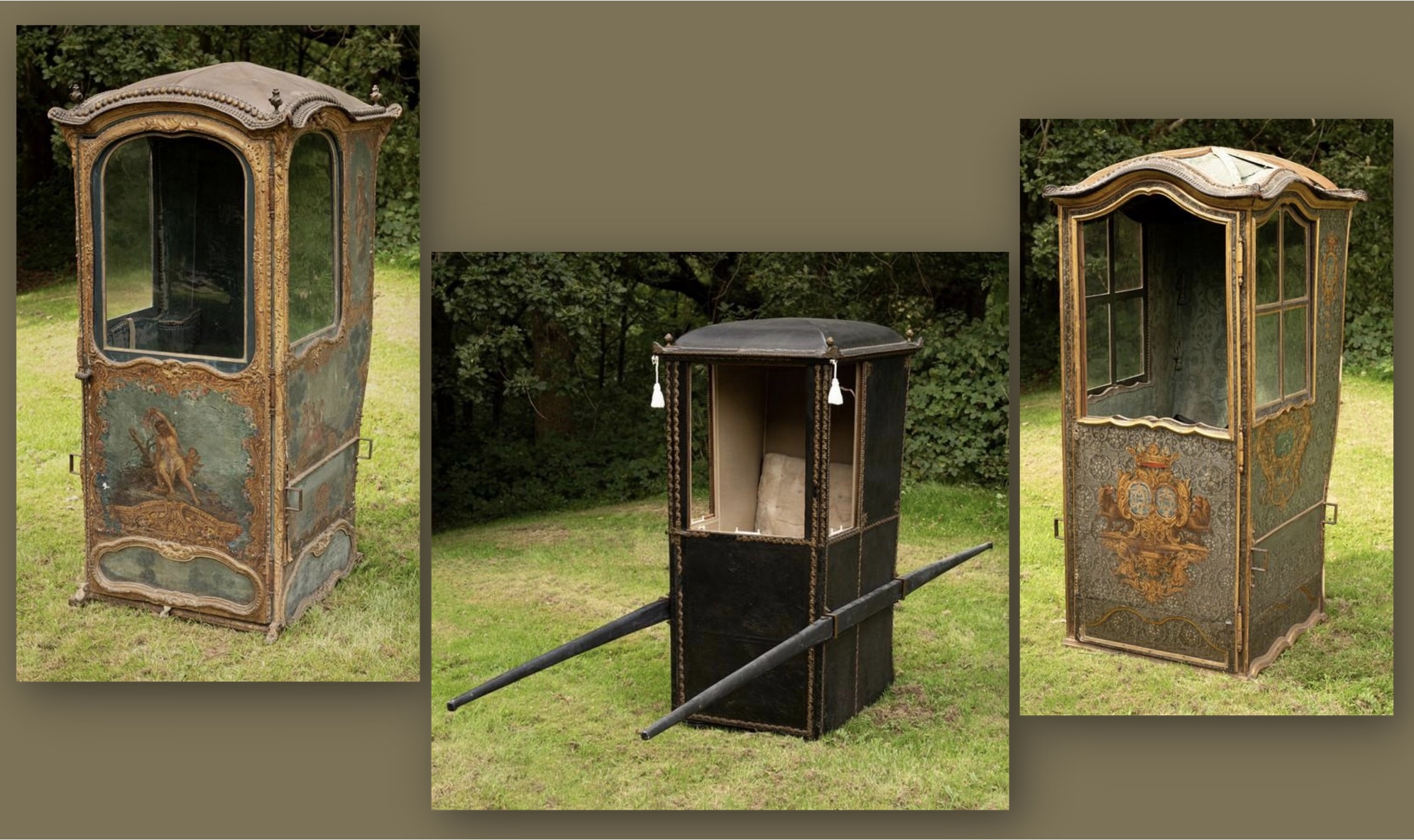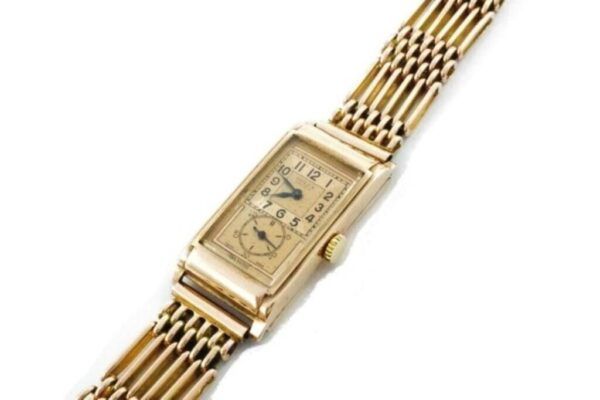#Antique #sedan #chairs #collection #Chorleys #Antique #Collecting
 The largest known private collection of exceptionally rare antique sedan chairs is to be offered for auction at Chorley’s in Gloucestershire on September 20.
The largest known private collection of exceptionally rare antique sedan chairs is to be offered for auction at Chorley’s in Gloucestershire on September 20.
The collection was amassed by the late Stephen Loft-Simson, a world-renowned specialist on the subject and includes three that were used for the award-winning film about the life of philanthropist, poet and playwright Hannah More (1745-1833). Others were used in historical dramas and films and history and antiques TV programmes, such as BBC Four’s Royal History’s Biggest Fibs on Queen Anne, the BBC series How we Built Britain presented by David Dimbleby, Channel 4’s Britain‘s Most Historic Town and the BBC’s The Antiques Roadshow, where TV presenter Fiona Bruce was carried in one of the chairs through the streets of Bath to the Upper Assembly Rooms, where the programme was filmed.
Rare Sedan Chairs
TV and film appearances aside, the collection comprises some of the rarest examples of sedan chairs to survive, including the earliest known example in the UK. The leather Turin chair dates from circa 1750 and is thought to have been imported to the UK in the 19th century. It was purchased by Robert Holland-Martin (1872-1944), a former chairman of Martin’s Bank, from Robinson & Fisher of South Kensington in 1937 and was displayed for many years at the Overbury Museum, in the Cotswolds before being purchased by Stephen. In black leather with gilded decorative details, it is estimated to fetch £1,500-£2,000.
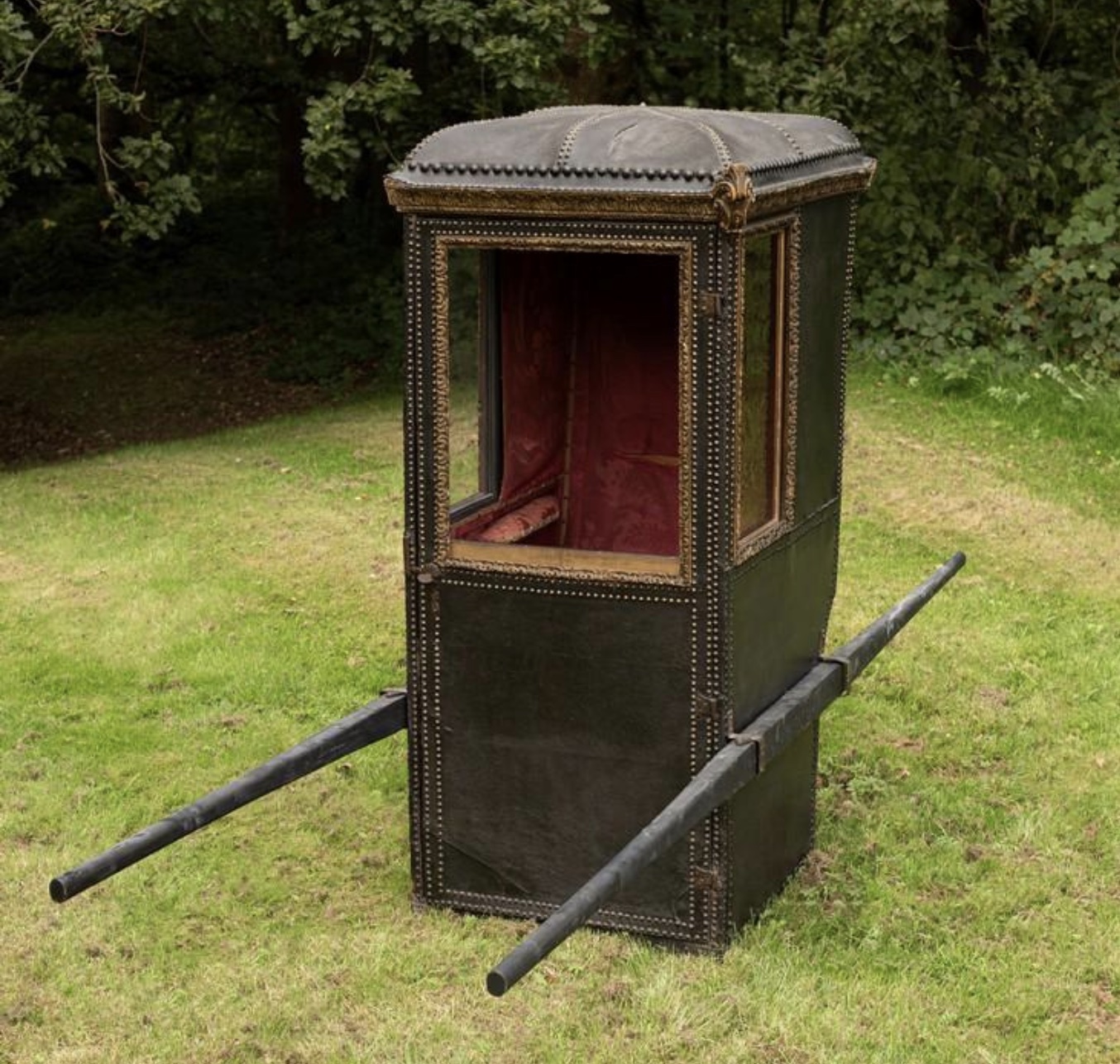
Mode of Transport
Sedan chairs were introduced into England by Sir Saunders Duncombe (1570-1638) in the 1630s and by the 18th century they were a regular mode of transport across Europe. They were named sedan chairs after the town of Sedan in France where they were first used and consisted of a seat inside a cubicle that sported a detachable roof, which was attached to two poles carried by men known as ‘chairmen’. It was mandatory for the ‘chairmen’ to wear a formal uniform consisting of black breeches with white stockings, buckled shoes, a black hat and a long blue coat. A certified scarlet badge was worn on the coat with the owner’s name and number.
Highly popular, they offered shelter from the British weather and shielded occupants from the dust and debris from horse-drawn vehicles. They were also much cheaper than a ‘hackney ‘cab (horse-drawn carriages and the first taxi cabs) and were quicker as they were narrower, so could cut through streets too small for carriages. They were also permitted on pavements and pedestrians had to give way to them. The majority of Sedan chairs were produced in London and chairs for public hire had to be licensed by the local authorities in each region. The chairs were also popular among the gentry who would purchase one, so that it was available 24/7. It would often be decorated to reflect the décor of their home. By the mid 19th century sedan chairs had fallen out of favour due to the rapid expansion of cities and the longer distances people were travelling.
Decorative Sedan Chairs
The more important the private owner, the more decorative the sedan chair, so there was a marked difference between those in public and private use. The chairs in this collection vary in style and opulence and comprise some of the rarest surviving examples. One such lot is a Qing Dynasty Chinese bridal sedan chair. Its sides are carved with Chinese emblems, figures, animals and birds, painted in gold with a red ochre background. The framework is contrasted in black and Chinese characters embellish the inner doors, reading: ‘In the 22nd Year of the Tongzhi Emperor (1873), Chengqi Shenggong Kuiyou, crafted by Zhou Peiyu’. It is estimated to fetch £300-£500.
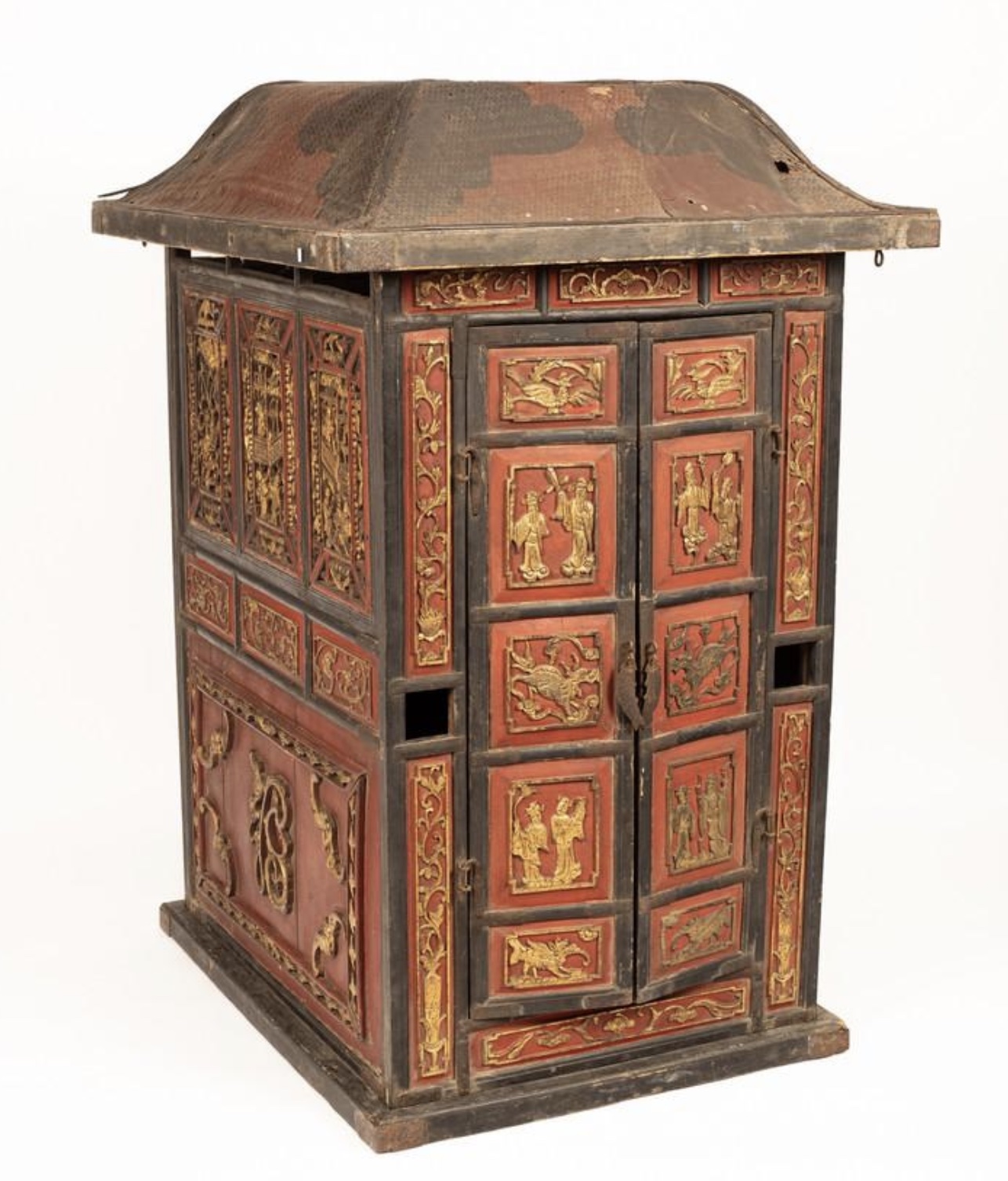
Another decorative example is a sedan chair thought to have been built by Duvernoy, son of Avignon, (circa 1762-1765). It features full gilded sculptures to its original exterior woodwork and a series of charming colour paintings of the seasons to its panels. The cabin is lined in its original deep blue velvet with a single remaining silk roller blind. The interior is equally as decorative with blue comb cartisane fringes in taffeta, glass pull strings and its original leather floor covering. It carries an estimate of £2,000-£4,000.

Commenting on this unique collection, Thomas Jenner-Fust, Director at Chorley’s, said: “We are lucky to be able to handle such a variety of rare and unusual items in our business. This collection, formed by the word expert in sedan chairs, is no exception and we are expecting competition from museums, collectors of rarities and prop hire businesses”
An Avignon sedan chair, believed to be by Guignet is painted in elegant grey flowered arabesques, lined with green silk damask and a green comb catisane fringe. The cabin features quarter glass windows in the Italian shape, twin blank armorials with bases and supports to its front door and upper rear panel and a Marquis’ coronet above. Its upper side panels bear the mirrored initials JG in a blue cartouche with ornamented supports and a coronet above. The embellishment continues with three small grisaille cartouche paintings representing a goddess in the Mediterranean sea with gilt surrounds. It dates from circa 1750 and carries an estimate of £1,500-£2,000.
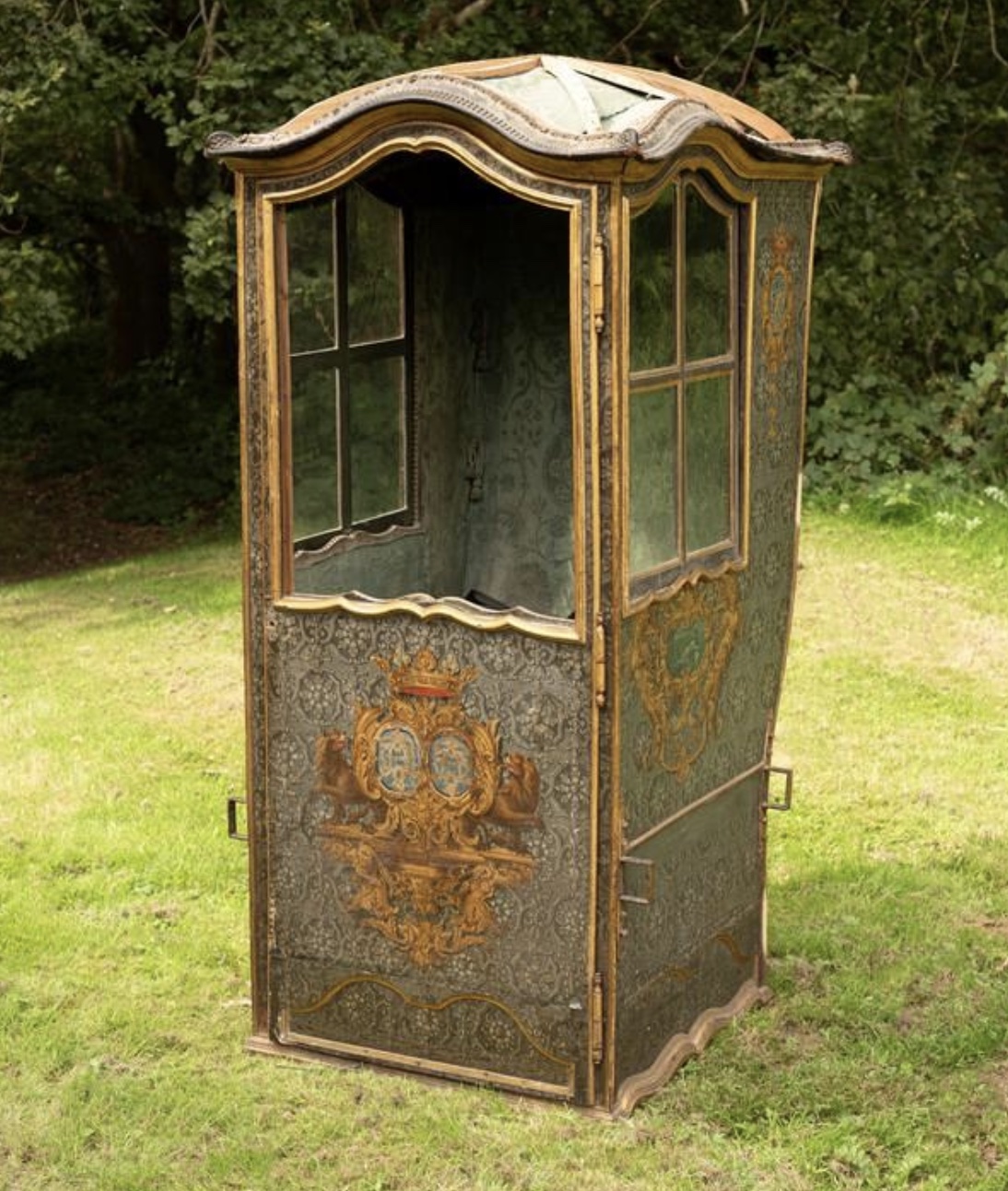
An English black leather lady’s chair in the manner of Samuel Vaughan (Royal Warrant Holder 1753-1781), was the height of ‘new fashion of London in 1755.’ with features such as ornamental stamped brass metalwork of leaf and double reed pattern on its borders. The cabin is lined with white fine woollen fabric for comfort. The chair was previously displayed at Montacute House in Somerset before being purchased by Stephen for his collection. It carries an estimate of £1,200-£1,800.
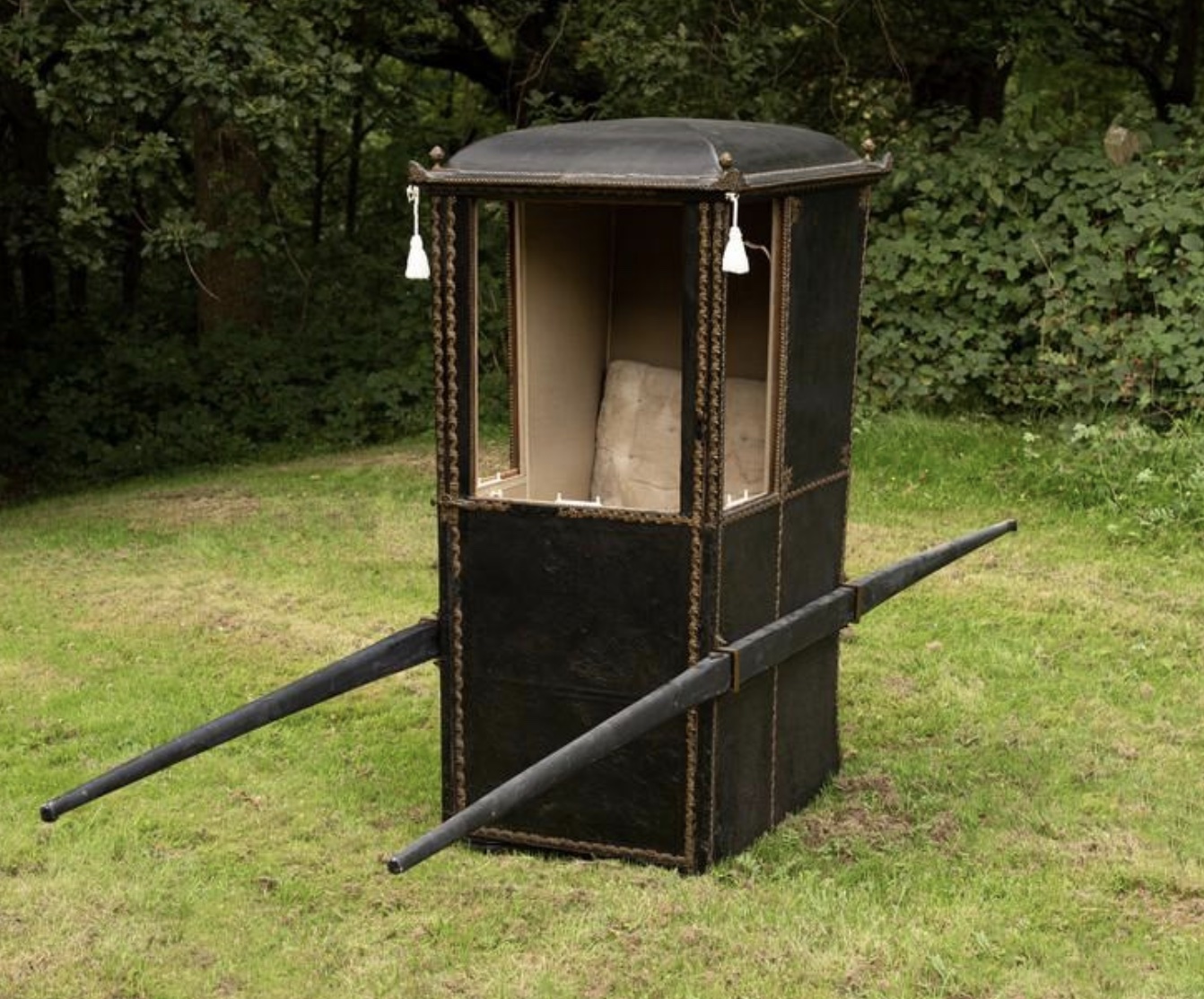
A Westminster black leather ‘Gala’ sedan chair in the fashion of Holmes & Griffin, (Royal Warrant Holders, of Whitcomb Street, London, circa 1795) features its original carved poles and chair bearer straps. Modernised during the 19th century, the interior has the original crimson Morocco leather borders but the lining and blinds were updated. It carries an estimate of £1,500-£2,500.
